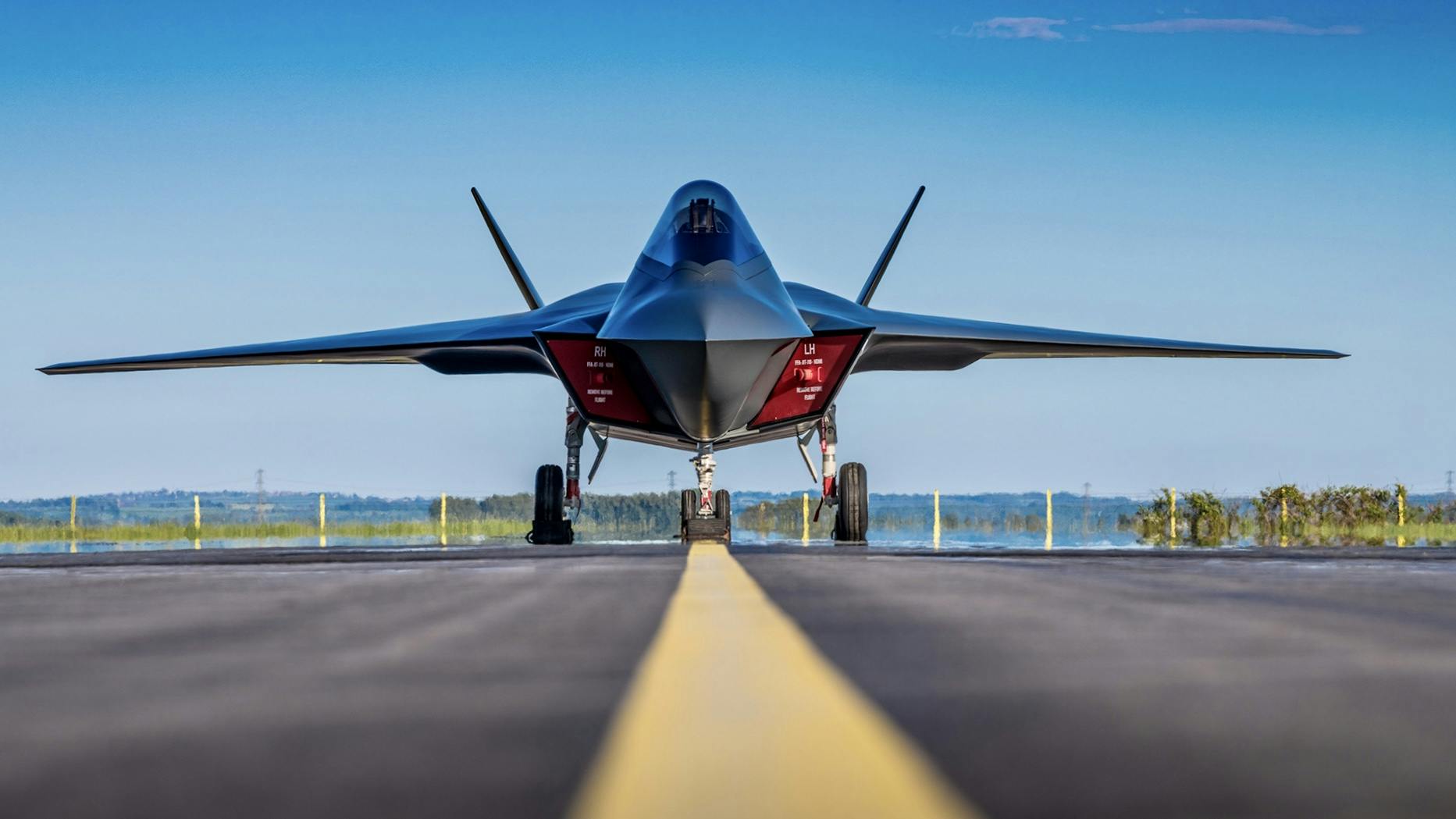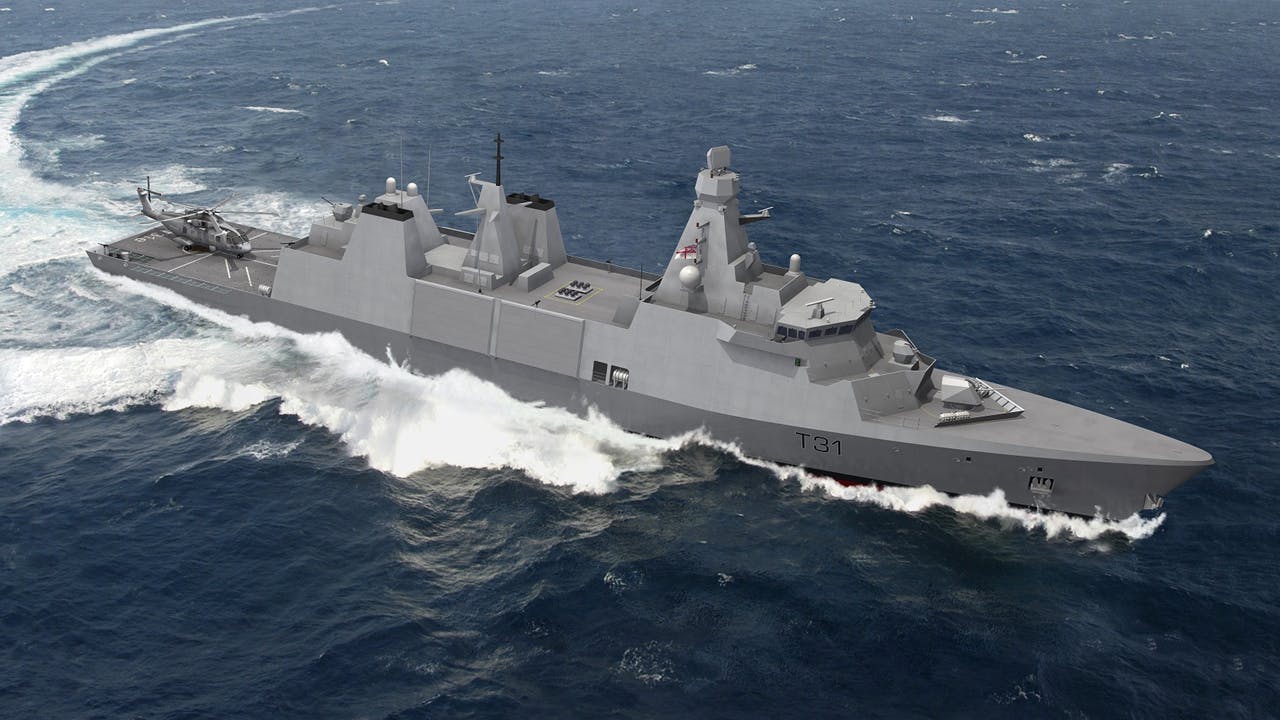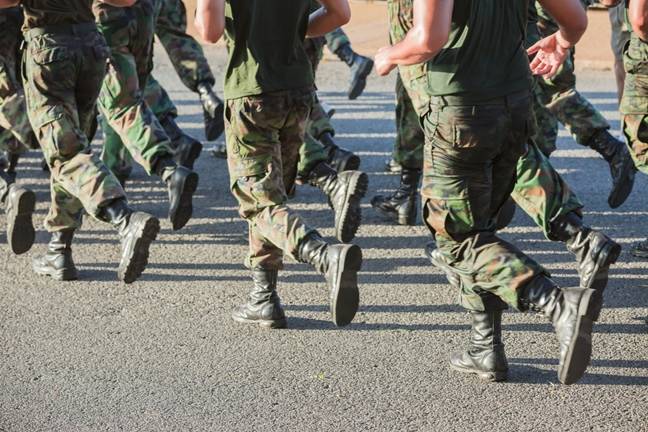The British Army has spent £3.2 billion on its Ajax family of vehicles, but as major problems beset the programme and its role in the force remains poorly defined, the Army faces a stark choice between doubling down or moving on.

rusi.org
The two greatest problems afflicting Ajax are noise and vibration. Ajax has long been recognised as a noisy vehicle. However, tests on the sound produced by the vehicle demonstrated that it was within useable limits. Subsequent investigation following loss of hearing by crews trialling the platforms has concluded that the issue arises from the integration of the Bowman headsets for the crew radios, which were picking up engine noise, amplifying it as the vehicle accelerated, and putting the sound directly into the crews’ ears. This raises serious questions about how tests on British Army vehicles are carried out, but is also fundamentally resolvable through the procurement of new headsets.
The vibration issues are more problematic. In testing it has been reported that excessive vibration is preventing the main armament from stabilising on the move, damaging the electronic systems that make Ajax a step-change in capability and leading to a high rate of component failure, with the idler and rear road wheels sheering off with concerning regularity. Crews meanwhile have suffered from symptoms that could indicate a risk of prolonged use of the platform leading to Hand-Arm Vibration Syndrome. These problems must be overcome before the vehicle can be viable as a fighting platform.
....ad significant difficulties with quality control in the fabrication of the vehicle hulls. The company has so far produced 270 hulls from an overall contract to deliver 598 vehicles. Quality control is understood to be especially poor throughout the first 100 hulls manufactured in Spain, but the issue has not been entirely eliminated in subsequent batches. Problems have included sections being inconsistent lengths, the sides of the hull not being parallel, and substandard welding. Fittings and furnishings have not had their attachment points drilled using jigs, resulting in the spacing of holes being uneven. GDLUK has expended significant efforts in trying to repair hulls that have been manufactured to an unsatisfactory quality.
The significance of the shortcomings in quality control is that the vibration issues are not manifesting themselves in the vehicles in a uniform manner. Some hulls produce disproportionately poor performance. This inconsistency means that it is exceedingly difficult for those investigating the faults to determine how much of the vibration arises from a problem with the fundamental design of the platform, as opposed to failures to build the platform to specification....
The lack of a reliable diagnosis is paralysing because it obscures the data necessary to determine whether the issue is resolvable, and at what cost.
...GDLUK does not describe the resolution as the elimination of the vibration issues, but speaks instead of ‘mitigation’ by using rubber inserts and other techniques to reduce the impact on crews. GDLUK states that based on its own tests, vibration at a component level is within legal requirements. This is bolstered by the fact that the British Army does not have standardised tests to measure vibration.
Great to get some detail, but the detail is shocking, clearly the rear end is under a great deal of stress and needs a re-design.
The faulty hulls need to be rejected, not shimmed by hand to kind of work. We will be running those hulls for 30 years. And really whats the price of the bare hull, versus the scrap price of steel? Send them back, and make new ones.
Surely you take a couple of the bad hulls, and try a few things to see if you can solve the vibration issue.
its really not rocket science......
As to no standard vibration test, 'unsatisfactory' should be enough, combined with the word 'rejected' on the invoice.















